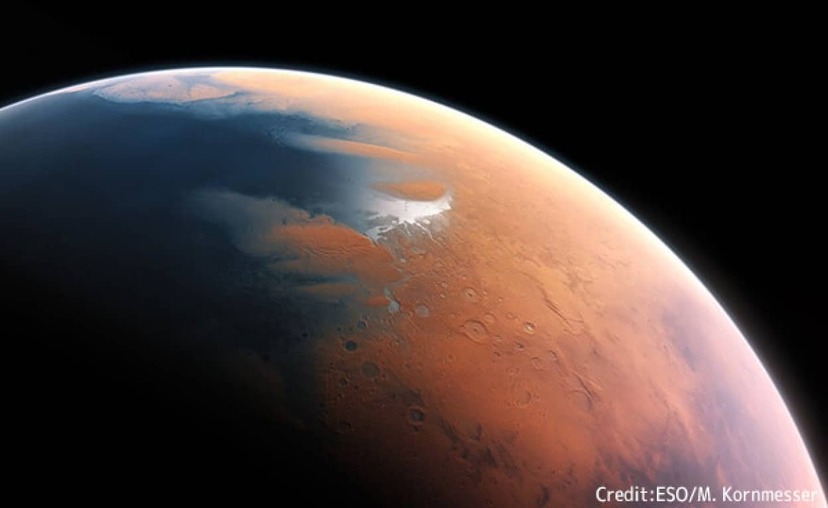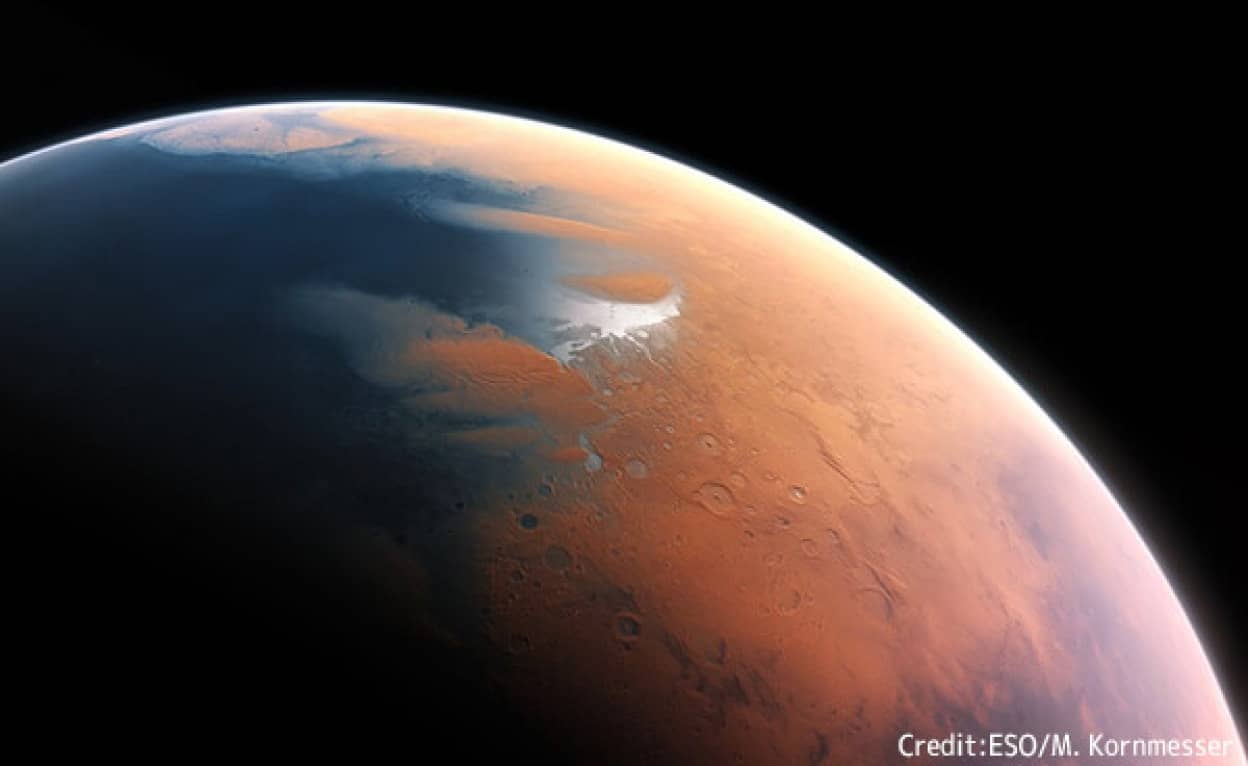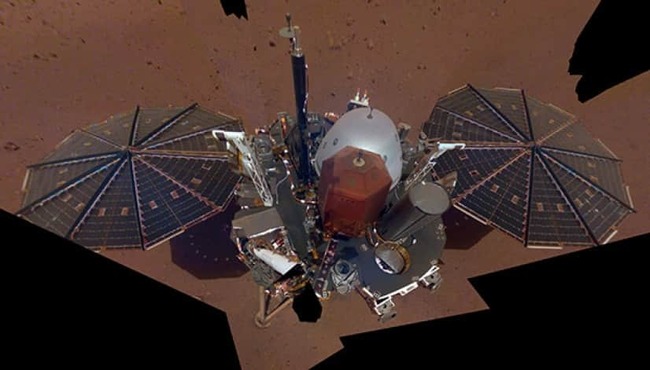Read Karapaia's original article here.
A new analysis of data captured by NASA’s Mars InSight spacecraft reveals the presence of liquid water deep within Mars’ rocky outer mantle. The groundwater is so abundant that if it were on the surface of Mars, it would be an ocean one to two kilometers deep.
Where did the abundant water on Mars go more than 3 billion years ago? For those searching for the mystery, this is big news that may be the answer they've been looking for.
However, this water is unlikely to be available in the future. Liquid water accumulates in small cracks and fissures in rocks between 11.5 and 20 kilometers underground, making it difficult to extract.
But there,Possibility of life on MarsThere too.
[صورة]Groundwater detected on Mars
Understanding how water circulates on Mars is important for understanding its climate and its changes above and below ground. The first thing to do is to determine where and how much water is available.
For this purpose, Vashan Wright and his colleagues at the Scripps Institution of Oceanography (USA) decided to use earthquakes (firequakes) on Mars.
By studying earthquake waves (seismic waves), we can learn about the conditions underground to which they traveled.
So Wright and his colleagues used the same petrophysical models used to map groundwater veins and oil fields here on Earth.Mars InSight lander goes to sleep on December 21, 2022Analyzed fire and earthquake data collected by
・I want to read it too →Possibility of active volcanoes on Mars. Hope for life forms
As a result, it was concluded that there may be a layer of broken igneous rocks filled with liquid water beneath the surface of Mars.
If it turns out that there is a significant amount of liquid water, it would be a great clue to what the climate of Mars was like in the past. Conversely, it does not necessarily mean that there was no life there.
Researchers even claim to have identified a place on Mars that could, at least in principle, support life, although they have yet to find any evidence of this.
A cross-section of the Martian interior beneath InSight. The top 5 kilometers of the crust appears to be dry, but lower down, between 11.5 and 20 kilometers, cracks in the rock layers may be filled with liquid water. It contains more water than the ancient oceans that once existed on Mars. Credit: James Tuttle-Kane and Aaron Rodriquez, courtesy of Scripps Institution of Oceanography
Mars' oceans leaked underground
Traces of rivers, deltas, lake sediments, rocks changed by water, etc.Evidence that Mars once had abundant waterThere is a lot left.
However, more than 3 billion years ago, when Mars lost its atmosphere, all that water disappeared.
This discovery suggests that the lost water may have seeped into the Earth's crust, rather than escaping into space.
・I want to read it too →What happens to your body if you die on Mars? How should I deal with it?
NASA sent InSight to Mars in 2018 and completed its mission in 2022. The data collected during that time about the crust, mantle, core, and atmosphere is essential to understanding Mars.
InSight takes first selfie on Mars / Image credit: NASA/JPL-Caltech
Speaking of firequakes, InSight has detected tremors as strong as magnitude 5. These are caused by meteorite impacts and volcanic activity, which travel through the interior of Mars in the form of seismic waves.
These data indicate that there is no water or ice in the upper crust, which lies 5 kilometers below the surface.
This suggests that, except in the polar regions, there appears to be little groundwater, even if it is frozen.
However, this study analyzed the crust even deeper than that, and found that there may be a lot of water left there.
If the Martian crust were in a similar condition everywhere, the amount of water would be greater than the ancient oceans that existed on Mars long ago.
This research is Proceedings of the National Academy of Sciences“Published in”.
References:Scientists have discovered oceans of water on the surface of Mars, but they are too deep to be exploited. / Written by Hiroshieng / Edited by / steam
“Click here if you can't see photos, videos or social media.“


“Travel maven. Beer expert. Subtly charming alcohol fan. Internet junkie. Avid bacon scholar.”








More Stories
The ranking of the best survival horror games selected by the IGN US editorial team has been released! Resident Evil RE:2 ranked first
Enjoy a hot cigarette while looking at whales and tropical fish under the sea ⁉︎ “Ploom Dive” is an amazing spatial video experience using Apple Vision Pro
Apple Watch now supports sleep apnea, watchOS 11 released – Impress Watch